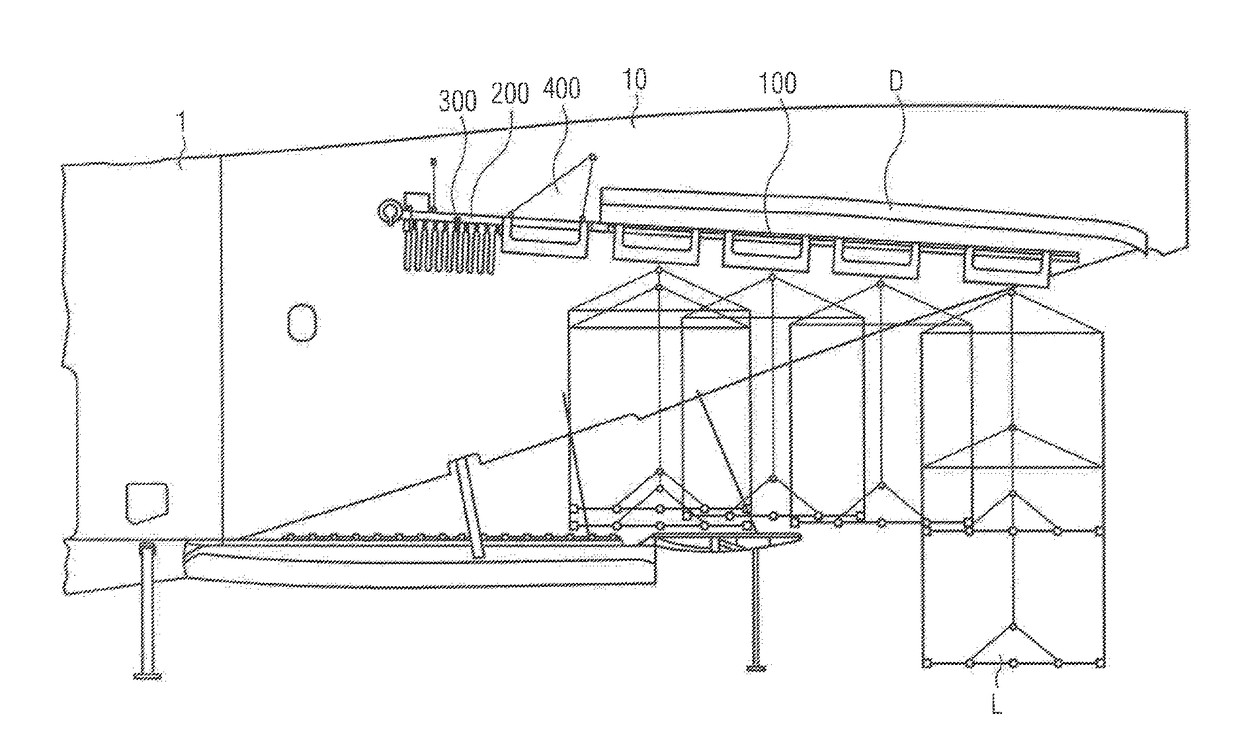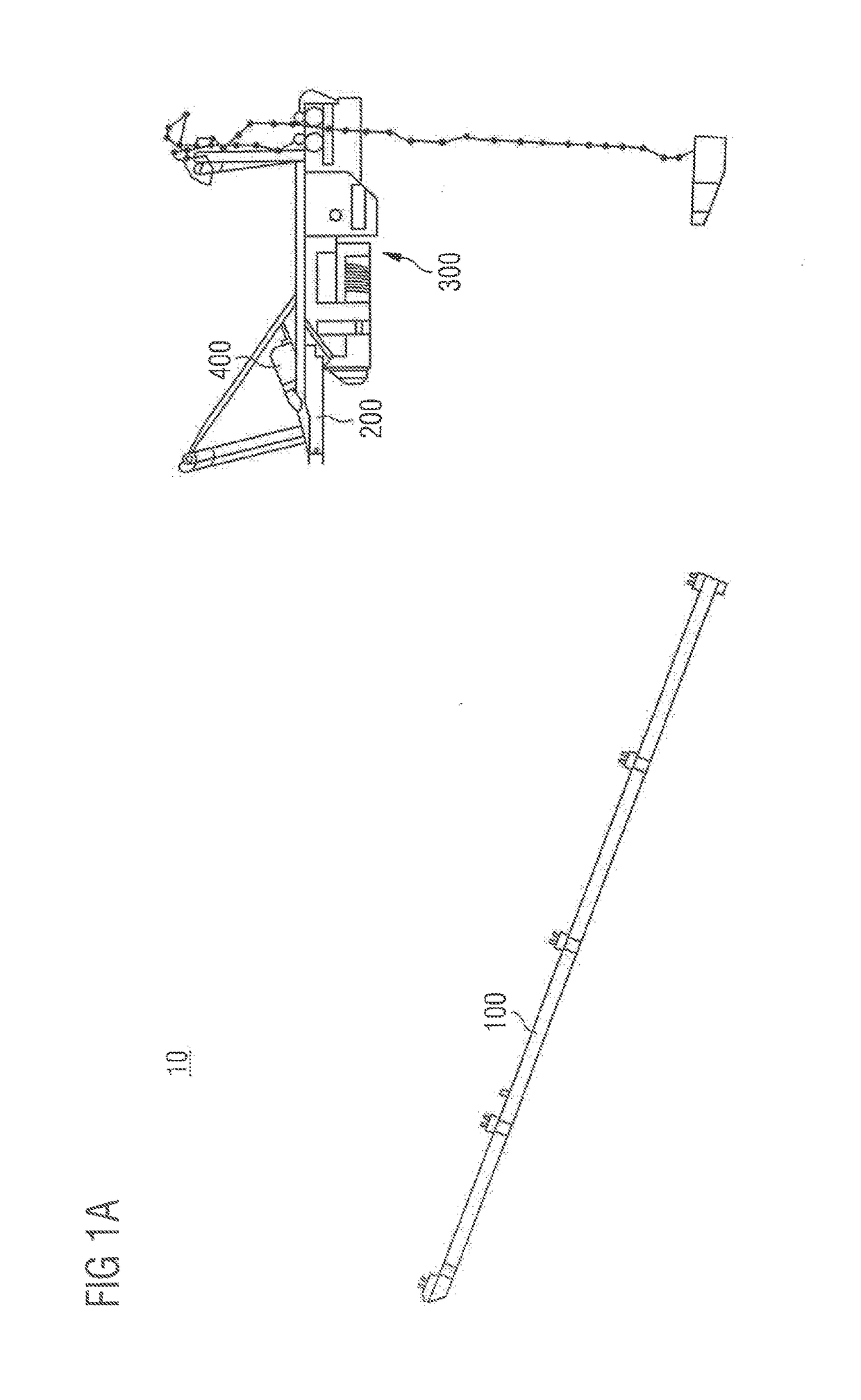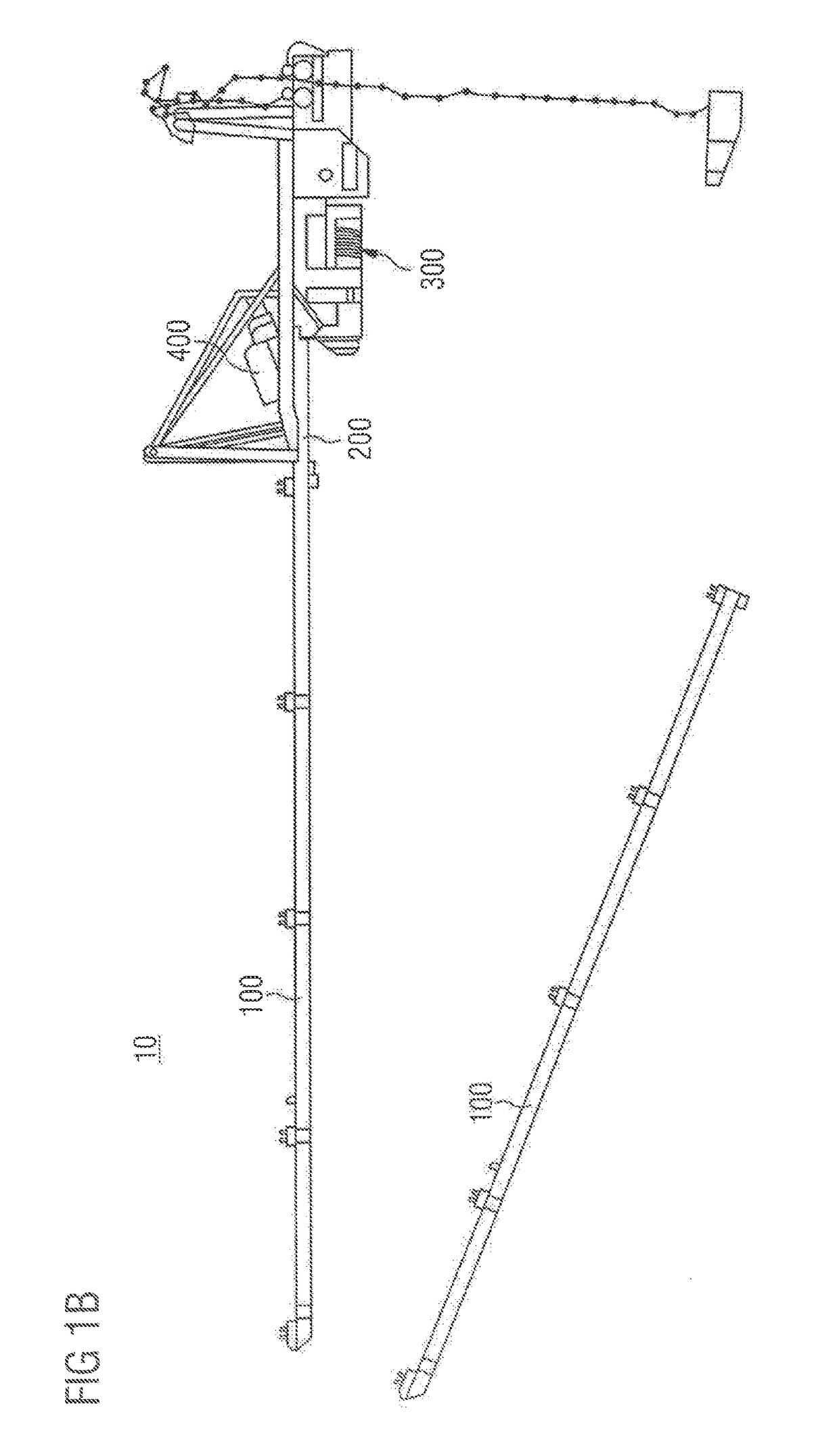Mono-rail crane system in an aircraft
a monorail crane and crane technology, applied in the field of monorail crane systems in aircraft, can solve the problems of cumbersome and expensive use of hoisting platforms, inability to implement conveyor belt solutions, and inability to meet the requirements of passenger safety, so as to minimize the lateral force and torque/torsion transmitted to the rail
- Summary
- Abstract
- Description
- Claims
- Application Information
AI Technical Summary
Benefits of technology
Problems solved by technology
Method used
Image
Examples
Embodiment Construction
[0049]In the following description, for purposes of explanation and not limitation, specific details are set forth (such as particular signaling steps) in order to provide a thorough understanding of the technique presented herein. It will be apparent to one skilled in the art that the present technique may be practiced in other embodiments that depart from these specific details.
[0050]Moreover, those skilled in the art will appreciate that the services, functions and steps explained herein may be implemented using software functioning in conjunction with a programmed microprocessor, or using an Application Specific Integrated Circuit (ASIC), a Digital Signal Processor (DSP) or general purpose computer. It will also be appreciated that while the following embodiments are described in the context of methods and devices, the technique presented herein may also be embodied in a computer program product as well as in a system comprising a computer processor and a memory coupled to the p...
PUM
 Login to View More
Login to View More Abstract
Description
Claims
Application Information
 Login to View More
Login to View More - R&D
- Intellectual Property
- Life Sciences
- Materials
- Tech Scout
- Unparalleled Data Quality
- Higher Quality Content
- 60% Fewer Hallucinations
Browse by: Latest US Patents, China's latest patents, Technical Efficacy Thesaurus, Application Domain, Technology Topic, Popular Technical Reports.
© 2025 PatSnap. All rights reserved.Legal|Privacy policy|Modern Slavery Act Transparency Statement|Sitemap|About US| Contact US: help@patsnap.com



